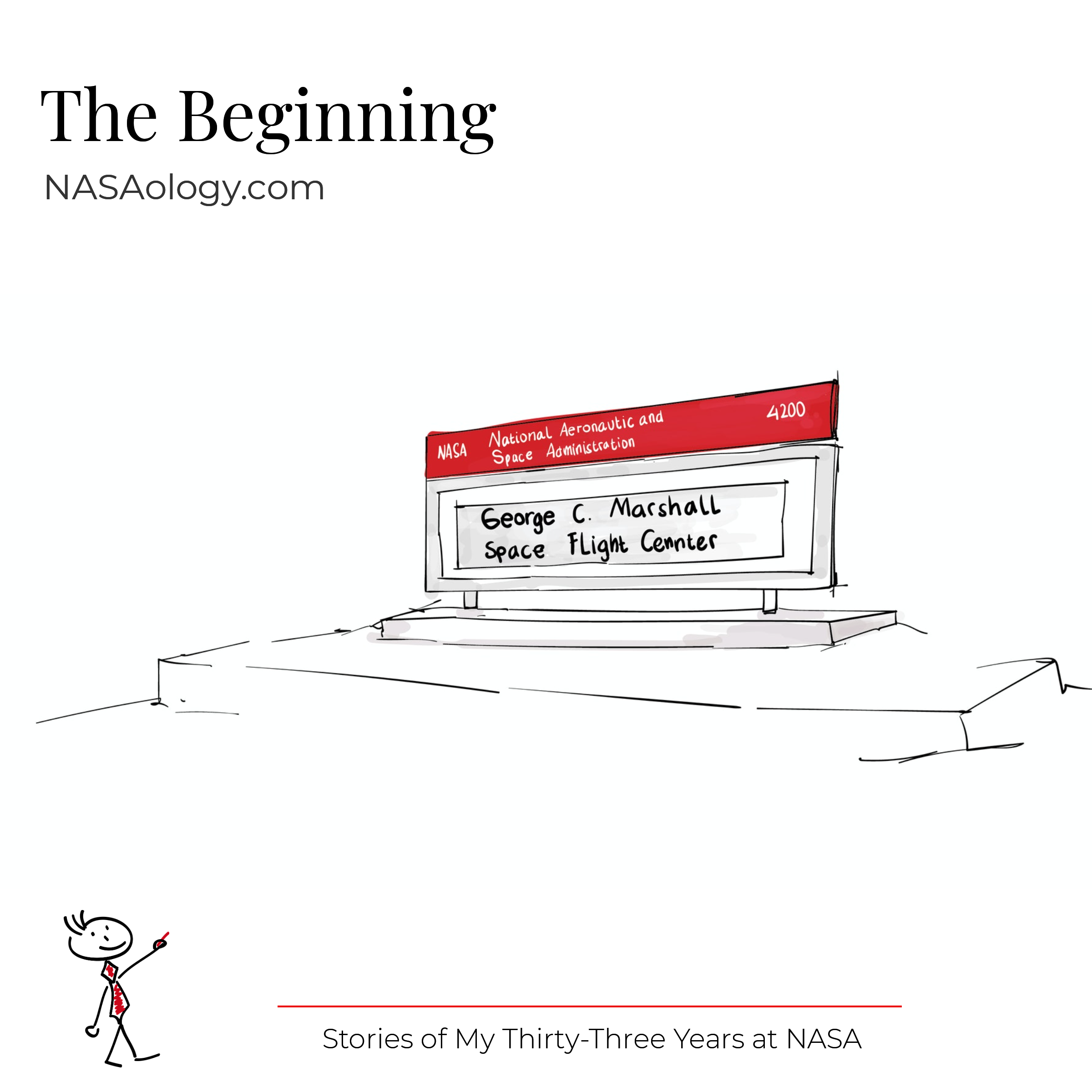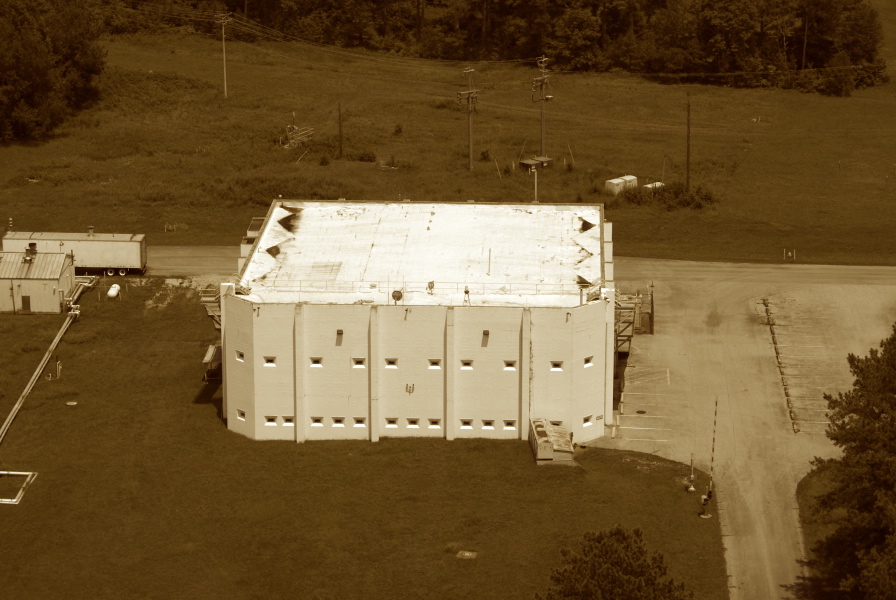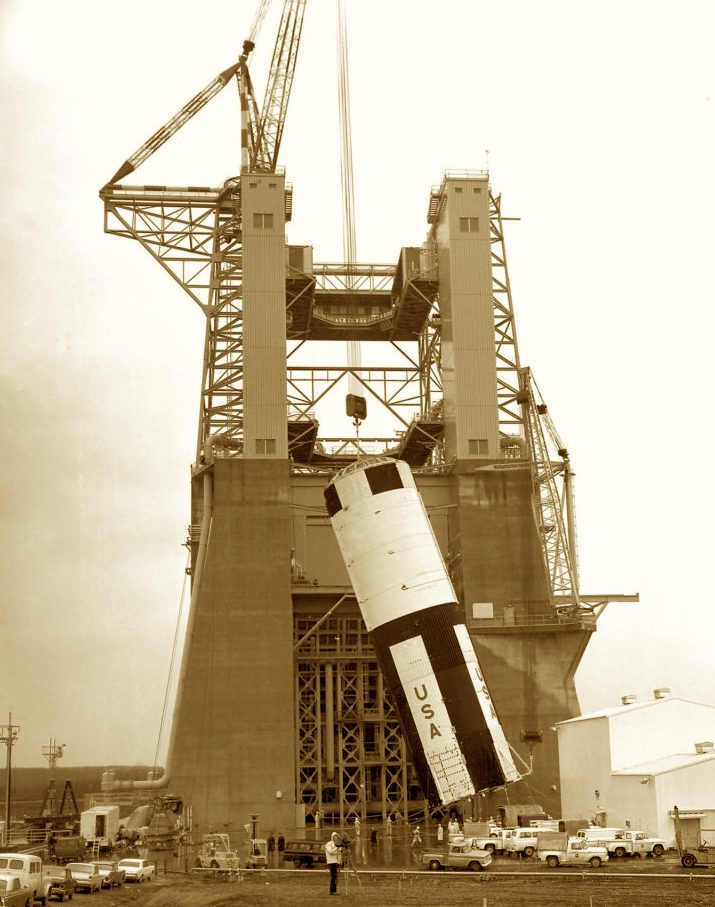
It was a clear winter day in February of 1989 when I arrived at the Marshall Space Flight Center in Huntsville, Alabama. I chose this NASA center because I wanted to work on rocket engines. That, and because I wanted my friends to call me a “Rocket Scientist.” I’m just being honest.
I appeared confident on the outside, but I was terrified on the inside. Was I smart enough to work at NASA? What if my Thermodynamics Professor, Dr. Knight, was right, and I would need to do thermo problems on the job—with REAL rocket scientists looking over my shoulder?
How long would it take my peers to realize I was a fraud?
After several hours of briefings, each new hire was given directions on where to report for their job. Mine was at a rocket motor test stand where NASA hot-fired an instrumented Space Shuttle Main Engine (SSME).
The lady leading the day handed me a printed map and said, “Mr. Mixson, you’ll need to go through an additional guard gate to get into the test area.”
“Okay,” I said.
I followed the map she gave me and navigated my way to the guard gate at the West Test Area, presented my badge to the attendant, and explained why I was there. He verified I had the proper access, then pointed to a white concrete structure about a half-mile away.
“That’s where you’re going,” he said.
I thanked him and proceeded through the gate toward the white building.
As I got closer, the building looked massive—like it could withstand a direct hit from a nuclear bomb. I later realized that the only windows in the place were super thick tiny ones that faced in the direction of the test stand. On this day, there was a single rocket motor sitting in the massive 300 ft tall structure.
I was giddy with excitement that I was already this close to a real rocket.
The test stand was built in 1965 to test a cluster of F-1 rocket motors that ultimately took men to the moon. People say you could sometimes hear those rocket tests 85 miles away in Birmingham, Alabama.
As I walked up to the building, a man was waiting at the door for me.
“You must be David. I’m Wayne.” Wayne was very personable and had a genuine warmth about him.
“Let me show you to your office and introduce you to some folks.”
Wayne introduced me to Jerry Cook, Tim Gautney, and a handful of others who sat in the suite of six or so cubicles in a building without normal windows. For the next hour or so, we sat around and chatted.
Robert Lightfoot sat in the cube next to me but was away on some sort of detail. He didn’t return until weeks (or was it months?) later.
At exactly 3:30 p.m., everyone packed up and headed out. Day one was in the bag. I was exhausted.
—David
P.S. Working at a place that tests rocket motors was fun. We were all young and liked to laugh and cut up a lot. But when it was time to mix cryogenic propellants inside a rocket motor and ignite them, everyone got serious. We knew what we were doing could go horribly wrong.
* This article originally appeared on LinkedIn as part of the “Make NASA Great” series.

Where engineers worked before (and during) rocket motor tests.

Doors were closed during tests.

Originally built to test Saturn.
David Mixson writes about Old Space and New Space. He worked as an engineer at NASA for more than thirty years and is the author of three books.
NASAology Notices
Exclusive content. Delivered weekly.
We hate SPAM.
Unsubscribe any time.

